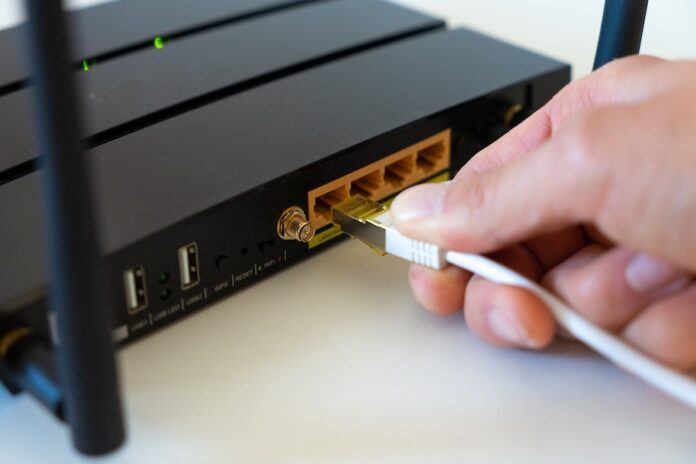Why is my Wi-Fi connection slow? Here are ways to speed up your Wi-Fi connection.
One of the biggest problems for internet users, especially at home, is slow connection speeds. What should users who have a slow Wi-Fi connection and want to increase their connection speed do? Here are tips for those who wish to increase internet connection speed step by step…
Wi-Fi, the way radio signals are sent from the modem connection with the devices using for smart home, is the most widely used technology protocol. Smart TVs, home security cameras, smart doorbells, digital assistants, and more, many devices need an internet connection. For some of them internet speed is essential. But for various reasons, this is only sometimes possible. Cybersecurity company ESET shares its assessment of how to identify and fix the problem.
For people who work remotely, it’s crucial to have a good wireless connection to laptops and desktops. Today, Wi-Fi can have two or more home users. Walls and other objects or neighbors can block Wi-Fi radio signals. Even if the Wi-Fi itself is working as it should, many other factors can be responsible for a slow internet connection. It is necessaryto verify the speed of your internet service provider. Also, don’t forget to check the actual Wi-Fi performance with a speed tester.
What’s wrong on my Wi-Fi ?
Some of the important reasons for slow internet speeds on Wi-Fi connections are as follows:
Modem location: wireless signals are not being transmitted because of being far or physically blocked.
Modem age and condition: Your device may be in need of replacement or may have an old hardware that can affect performance.
The number of devices: The network may be overloaded with too many devices connected at the same time.
Bandwidth-demanding apps: Sometimes you can have some bandwidth-intensive applications that run such as games, less bandwidth is available to the rest of the home, causing latency.
Wi-Fi frequency bands and channels: There are different frequency bands and channels that wireless signals use. If your neighbor’s signal is on the same channel as yours, it could be too much for the area. If your modem doesn’t do this on its own, you can switch to reduce signal interference if it doesn’t. There are more Wi-Fi channels in the 5GHz spectrum than in the 2.4 GHz spectrum. The first spectrum may have better coverage, but the second spectrum will be faster.
ISP throttling: Some internet service providers may slow down their customers’ internet speeds if they use too much data or if the network is too busy.
Wi-Fi thieves: Sometimes your neighbors can slow down your internet speed at home. They might try to guess your password and use your Wi-Fi for free.
VPNs: These help increase online privacy, but they can also slow down your internet connection as they add some more steps on your device and the internet connection
Malware: If devices are compromised with malicious code, they may be running in the background, communicating with other machines over the internet and using memory – all of which can negatively impact performance.
What to do to fix a slow Wi-Fi connection?
According to cybersecurity experts, there are a few simple steps to speed up a slow Wi-Fi connection. You can try the following steps one by one to see if they have an impact on internet speeds and to speed up Wi-Fi:
- Put the modem in an accessible place in the center of the house.
- Change your Wi-Fi frequency band or channel in case the current one is overloaded with connections.
- Consider investing in a Wi-Fi mesh network that will boost the signal to remote areas of the house.
- Reboot the modem. Install all available hardware updates.
- You can replace your existing modem with a new one.
- You can change your internet service provider or upgrade your broadband package.
- Check how many devices are running on the home network and disconnect unused devices.
- Close bandwidth-hungry apps and tasks running in the background.
- Use strong and unique administrator and Wi-Fi passwords.
- Change Windows power settings to “high performance.”
- If you use a VPN, consider upgrading to a more optimized version.
BEWARE OF MALICIOUS SOFTWARE
Malware running surreptitiously on your devices could be hijacking bandwidth and computing power and degrading performance. Here’s how to minimize the risk of this happening:
- Change the factory default password for all devices.
- Use a long, strong, and unique Wi-Fi password.
- Use security software from a reputable vendor to protect devices and laptops.
- Use a VPN for connectivity.
- Keep devices, including the modem, updated with the latest firmware.
- Keep network encryption turned on (ideally, WPA2 or WPA3)

